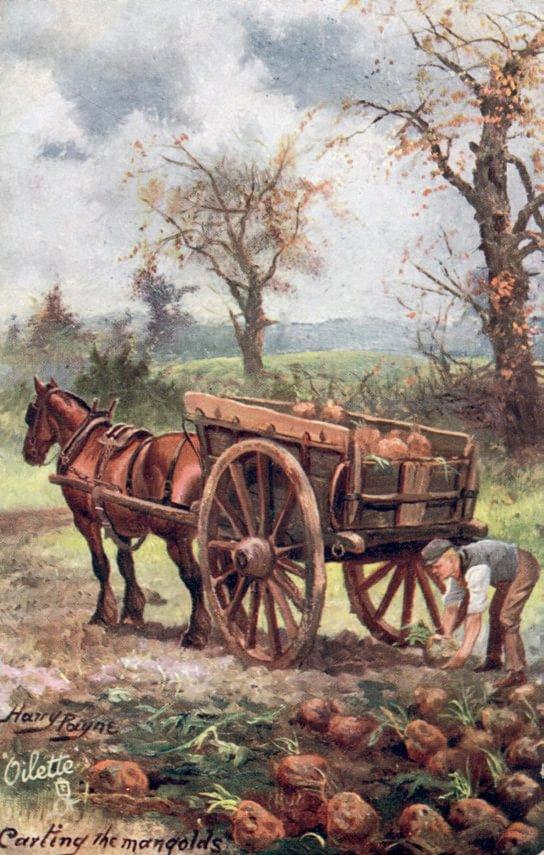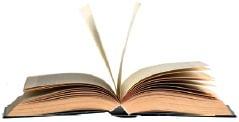

POSTCARDS
More Payne for less pain
Harry Payne, born in 1868, had no artistic training except for some evening classes, writes Richard Stenlake. However, he showed enough talent to soon become art designer at an army and navy clothing contractor, where he developed his eye for detail in service uniforms before becoming a full-time artist at the age of 21.
In 1883, he joined the territorial West Kent (Queen’s Own) Yeomanry and the next year started producing military art designs for the publisher Raphael Tuck. Book illustrations, greetings cards and scraps or die-cuts kept him busy until the postcard era, during which time Payne is thought to have produced around 560 designs for various publishers.
His brightly coloured British military portraits clearly were massive sellers, but Payne tackled other subjects too. His military cards glorify soldiering and generally avoid its unpleasant aspects, to the extent that some of his battle scenes look like a jolly lads’ romp across a slightly untidy field. So, too, his coaching, hunting and farming cards paint an idyllic picture of rural England.
I’ve never read that Payne






